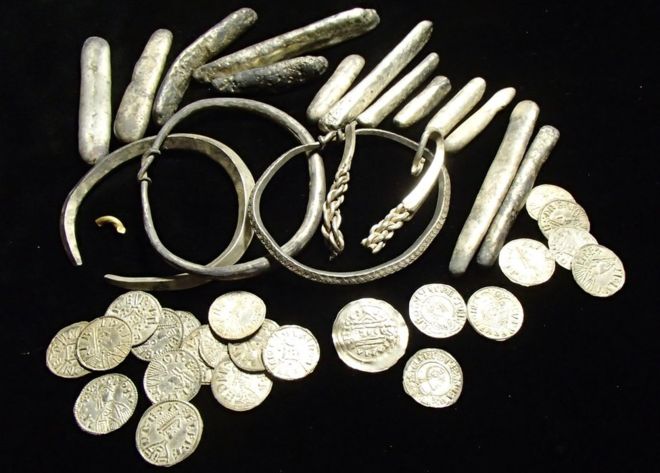Roman and medieval artefacts have been found in a new archaeological dig in the centre of Leicester. The dig, at the former Southgates Bus Depot and on Peacock Lane, has uncovered fragments of wall, mosaic pavement and painted wall plaster. The site is close to Leicester’s historic centre, where the remains of Richard III were found in 2012. Other artefacts include coins, tableware, game counters, a number of bone hair pins and a copper spoon.
The University of Leicester team said the excavation would offer insights into the lifestyles and industry of the people living along one of Leicester’s principle medieval streets. Archaeologist John Thomas said: Having the chance to excavate in this part of Leicester is fantastic. Because of the historic nature of the modern city centre, archaeologists rarely get the opportunity to explore this part of the city. He said a number of large stone and timber buildings and boundary walls, dating from the 2nd Century through to the 4th Century had been identified running along the sides of the streets.
Fellow archaeologist Mathew Morris added: “This part of Roman Leicester is very poorly understood, because there has been little previous archaeological investigation in the vicinity. One of the Roman streets found on the site has never been seen before in Leicester and isn’t on any of our plans of the Roman city. This is a significant find and raises exciting new questions about the layout of the early Roman town and how it evolved through the Roman period.”
Source: http://www.bbc.co.uk



